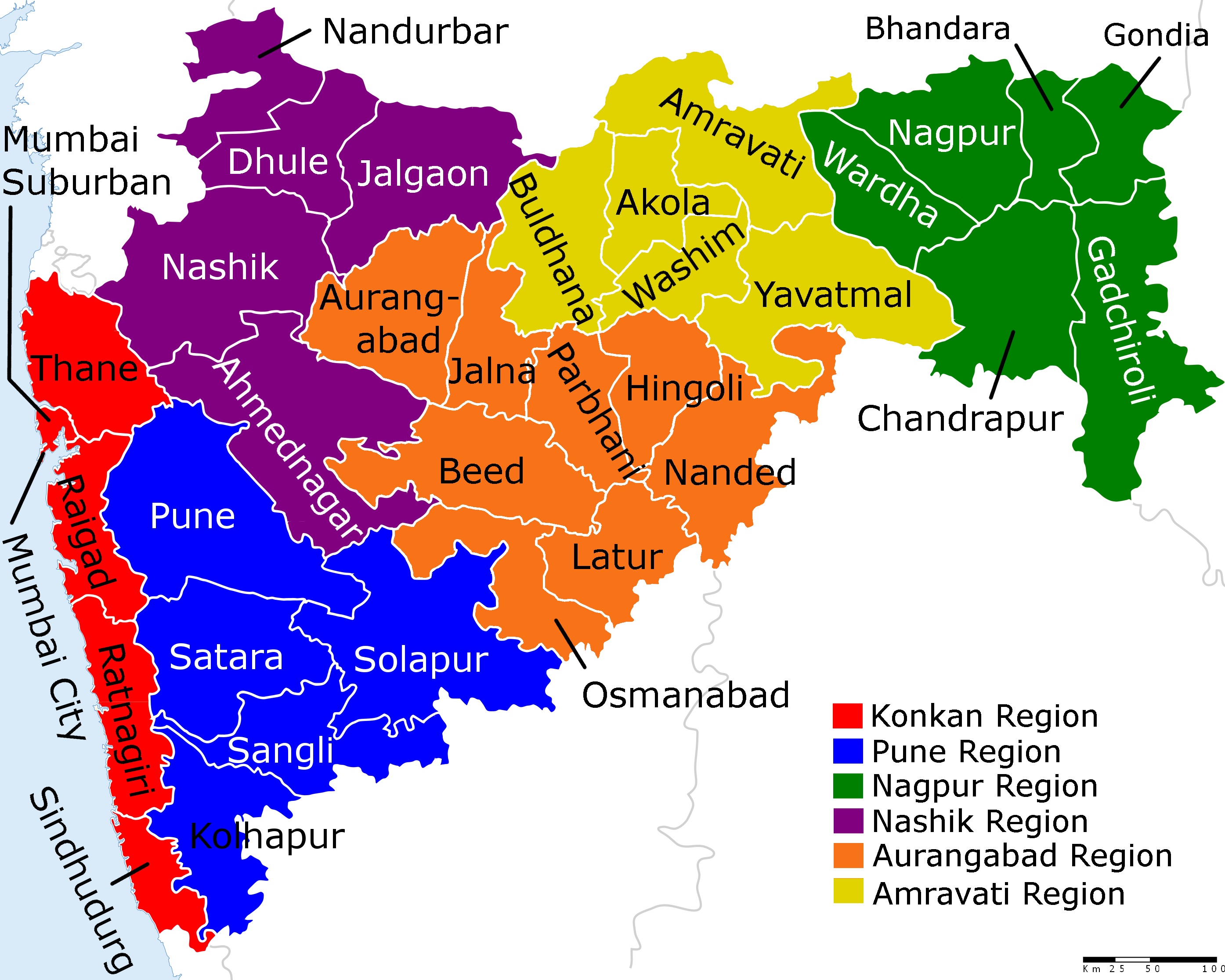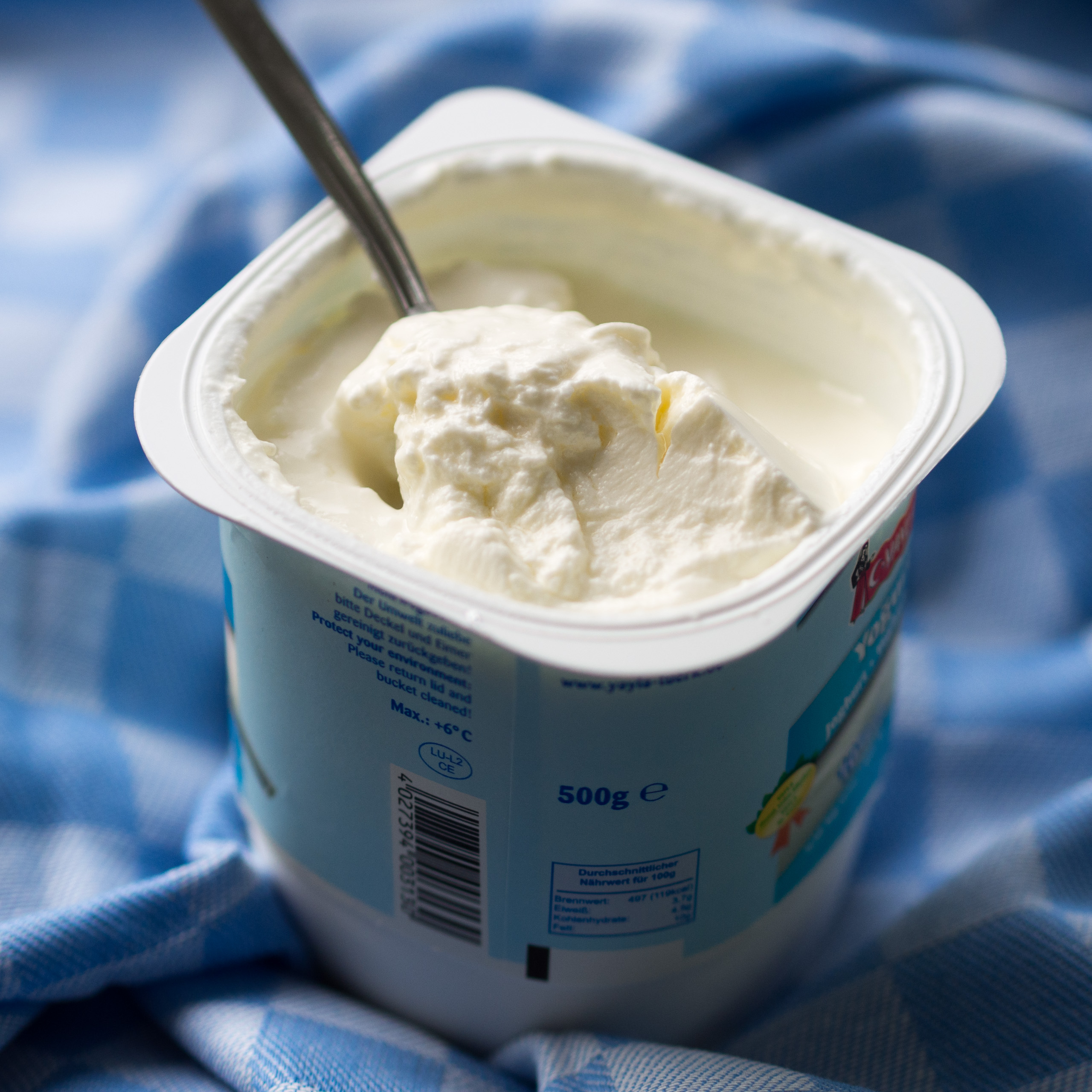|
Misal
''Misal'' (Marathi: मिसळ isəɭ meaning "mixture"), is a very popular spicy dish in the Western Indian state of Maharashtra. The dish is mostly eaten for breakfast or as a midday snack or sometimes as a one-dish meal, often as part of misal pav. It remains a favourite snack since it is easy to make with affordable ingredients and has a good nutritional value. The taste of ''misal'' ranges from mildly to extremely spicy. And there are a lot of varieties as well. Misal is also a popular street food. The dish is always served hot. The dish originates from the boundary of Khandesh and Western Maharashtra. Present day Nasik and Ahmednagar districts of Maharashtra. Ingredients The ingredients of misal vary widely, and consist of a combination of the following: * ''Usal'', a curry made from ''matki'' (moth bean) or ''watane'' (dried pea) or even mung beans. * ''Tarri/kat/sample/rassa'', a spicy gravy. This is the heart of the dish and is usually made in many variants ide ... [...More Info...] [...Related Items...] OR: [Wikipedia] [Google] [Baidu] |
Maharashtrian Cuisine
Maharashtrian or Marathi cuisine is the cuisine of the Marathi people from the Indian state of Maharashtra. It has distinctive attributes, while sharing much with other Indian cuisines. Traditionally, Maharashtrians have considered their food to be more austere than others. Maharashtrian cuisine includes mild and spicy dishes. Wheat, rice, '' jowar'', '' bajri'', vegetables, lentils and fruit are dietary staples. Peanuts and cashews are often served with vegetables. Meat was traditionally used sparsely or only by the well off until recently, because of economic conditions and culture. The urban population in metropolitan cities of the state has been influenced by cuisine from other parts of India and abroad. For example, the South Indian dishes '' idli'' and '' dosa,'' as well as Chinese and Western dishes such as pizza, are quite popular in home cooking, and in restaurants. Distinctly Maharashtrian dishes include ''ukdiche modak'', , Kande pohe and Thalipeeth. R ... [...More Info...] [...Related Items...] OR: [Wikipedia] [Google] [Baidu] |
Maharashtra
Maharashtra (; , abbr. MH or Maha) is a state in the western peninsular region of India occupying a substantial portion of the Deccan Plateau. Maharashtra is the second-most populous state in India and the second-most populous country subdivision globally. It was formed on 1 May 1960 by splitting the bilingual Bombay State, which had existed since 1956, into majority Marathi-speaking Maharashtra and Gujarati-speaking Gujarat. Maharashtra is home to the Marathi people, the predominant ethno-linguistic group, who speak the Marathi language, the official language of the state. The state is divided into 6 divisions and 36 districts, with the state capital being Mumbai, the most populous urban area in India, and Nagpur serving as the winter capital, which also hosts the winter session of the state legislature. Godavari and Krishna are the two major rivers in the state. Forests cover 16.47 per cent of the state's geographical area. Out of the total cultivable land in the s ... [...More Info...] [...Related Items...] OR: [Wikipedia] [Google] [Baidu] |
Usal
Usal or Oosal ( mr, ऊसळ) is a Maharastrian dish made of legumes such as peas, lentils, black eyed beans, Matki, Moong or Hyacinth bean ''Lablab purpureus'' is a species of bean in the family Fabaceae. It is native to Africa and it is cultivated throughout the tropics for food. See also * MisalReferences {{reflist[...More Info...] [...Related Items...] OR: [Wikipedia] [Google] [Baidu] |
Kolhapuri Misal Pav
Kolhapur () is a city on the banks of the Panchganga River in the southern part of the Indian state of Maharashtra. It is the administrative headquarter of the Kolhapur district. In, around 2 C.E. Kolapur's name was 'Kuntal'. Kolhapur is known as ''`Dakshin Kashi''' or Kashi of the South because of its spiritual history and the antiquity of its shrine Mahalaxmi, better known as Ambabai. The region is known for the production of the famous hand-crafted and braided leather slippers called Kolhapuri chappal, which received the Geographical Indication designation in 2019. In Hindu mythology, the city is referred to as "''Karvir''." Before India became independent in 1947, Kolhapur was a princely state under the Bhosale Chhatrapati of the Maratha Empire. It is an important center for the Marathi film industry. Etymology Kolhapur is named after Kolhasur, a demon in Hindu History. According to History, the demon Kolhasur renounced asceticism after his sons were killed by God for ... [...More Info...] [...Related Items...] OR: [Wikipedia] [Google] [Baidu] |
Black Pepper
Black pepper (''Piper nigrum'') is a flowering vine in the family Piperaceae, cultivated for its fruit, known as a peppercorn, which is usually dried and used as a spice and seasoning. The fruit is a drupe (stonefruit) which is about in diameter (fresh and fully mature), dark red, and contains a stone which encloses a single pepper seed. Peppercorns and the ground pepper derived from them may be described simply as ''pepper'', or more precisely as ''black pepper'' (cooked and dried unripe fruit), ''green pepper'' (dried unripe fruit), or ''white pepper'' (ripe fruit seeds). Black pepper is native to the Malabar Coast of India, and the Malabar pepper is extensively cultivated there and in other tropical regions. Ground, dried, and cooked peppercorns have been used since antiquity, both for flavour and as a traditional medicine. Black pepper is the world's most traded spice, and is one of the most common spices added to cuisines around the world. Its spiciness is due to ... [...More Info...] [...Related Items...] OR: [Wikipedia] [Google] [Baidu] |
Shree Upahar Gruh
{{disambiguation ...
Shree may refer to: * Sri, an honorific commonly used in the Indian subcontinent * Shree (Hindustani raga), the Hindustani classical music scale * Shree (Carnatic raga), the Carnatic music scale * Sri (Odissi raga), the Odissi classical music scale * ''Shree'' (2002 film), a Tamil film starring Suriya, Shruthika, and Gayatri Jayaraman * ''Shree'' (2013 film), a Hindi film starring Hussain Kuwajerwala, Paresh Ganatra and Anjali Patil * ''Shree'' (TV series), a Hindi supernatural soap opera * Shri, another name for the Hindu Goddess Lakshmi People *Shree Bose, an American scientist, winner of the inaugural Google Science Fair See also * * * Sri (other) Shri (; , ) is a Sanskrit term denoting resplendence, wealth and prosperity, primarily used as an honorific. The word is widely used in South and Southeast Asian languages such as Marathi, Malay (including Indonesian and Malaysian), Javanese, ... [...More Info...] [...Related Items...] OR: [Wikipedia] [Google] [Baidu] |
Ganesh Chaturthi
Ganesh Chaturthi ( ISO: ), also known as Vinayak Chaturthi (), or Ganeshotsav () is a Hindu festival commemorating the birth of the Hindu god Ganesha. The festival is marked with the installation of Ganesha's clay idols privately in homes and publicly on elaborate pandals (temporary stages). Observances include chanting of Vedic hymns and Hindu texts, such as prayers and '' vrata'' (fasting). Offerings and '' prasada'' from the daily prayers, that are distributed from the pandal to the community, include sweets such as modaka as it is believed to be a favourite of Ganesha. The festival ends on the tenth day after start, when the idol is carried in a public procession with music and group chanting, then immersed in a nearby body of water such as a river or sea, called visarjan on the day of Anant Chaturdashi. In Mumbai alone, around 150,000 statues are immersed annually. Thereafter the clay idol dissolves and Ganesha is believed to return to his celestial abode. [...More Info...] [...Related Items...] OR: [Wikipedia] [Google] [Baidu] |
Yogurt
Yogurt (; , from tr, yoğurt, also spelled yoghurt, yogourt or yoghourt) is a food produced by bacterial fermentation of milk. The bacteria used to make yogurt are known as ''yogurt cultures''. Fermentation of sugars in the milk by these bacteria produces lactic acid, which acts on milk protein to give yogurt its texture and characteristic tart flavor. Cow's milk is the milk most commonly used to make yogurt. Milk from water buffalo, goats, ewes, mares, camels, and yaks are also used to produce yogurt. The milk used may be homogenized or not. It may be pasteurized or raw. Each type of milk produces substantially different results. Yogurt is produced using a culture of ''Lactobacillus delbrueckii'' subsp. ''bulgaricus'' and ''Streptococcus thermophilus'' bacteria. In addition, other lactobacilli and bifidobacteria are sometimes added during or after culturing yogurt. Some countries require yogurt to contain a specific amount of colony-forming units (CFU) of bacteria; in China ... [...More Info...] [...Related Items...] OR: [Wikipedia] [Google] [Baidu] |
India
India, officially the Republic of India ( Hindi: ), is a country in South Asia. It is the seventh-largest country by area, the second-most populous country, and the most populous democracy in the world. Bounded by the Indian Ocean on the south, the Arabian Sea on the southwest, and the Bay of Bengal on the southeast, it shares land borders with Pakistan to the west; China, Nepal, and Bhutan to the north; and Bangladesh and Myanmar to the east. In the Indian Ocean, India is in the vicinity of Sri Lanka and the Maldives; its Andaman and Nicobar Islands share a maritime border with Thailand, Myanmar, and Indonesia. Modern humans arrived on the Indian subcontinent from Africa no later than 55,000 years ago., "Y-Chromosome and Mt-DNA data support the colonization of South Asia by modern humans originating in Africa. ... Coalescence dates for most non-European populations average to between 73–55 ka.", "Modern human beings—''Homo sapiens''—originated in Africa. Th ... [...More Info...] [...Related Items...] OR: [Wikipedia] [Google] [Baidu] |
Bay Leaf
The bay leaf is an aromatic leaf commonly used in cooking. It can be used whole, either dried or fresh, in which case it is removed from the dish before consumption, or less commonly used in ground form. It may come from several species of tree, the bay laurel and the California bay tree being the most common. The flavor that a bay leaf imparts to a dish has not been universally agreed upon, but most agree it is a subtle addition. Sources Bay leaves come from several plants, such as: *Bay laurel (''Laurus nobilis'', Lauraceae). Fresh or dried bay leaves are used in cooking for their distinctive flavour and fragrance. The leaves should be removed from the cooked food before eating (see safety section below). The leaves are often used to flavour soups, stews, braises and pâtés in many countries. The fresh leaves are very mild and do not develop their full flavour until several weeks after picking and drying. *California bay leaf. The leaf of the California bay tree ('' Umbe ... [...More Info...] [...Related Items...] OR: [Wikipedia] [Google] [Baidu] |






